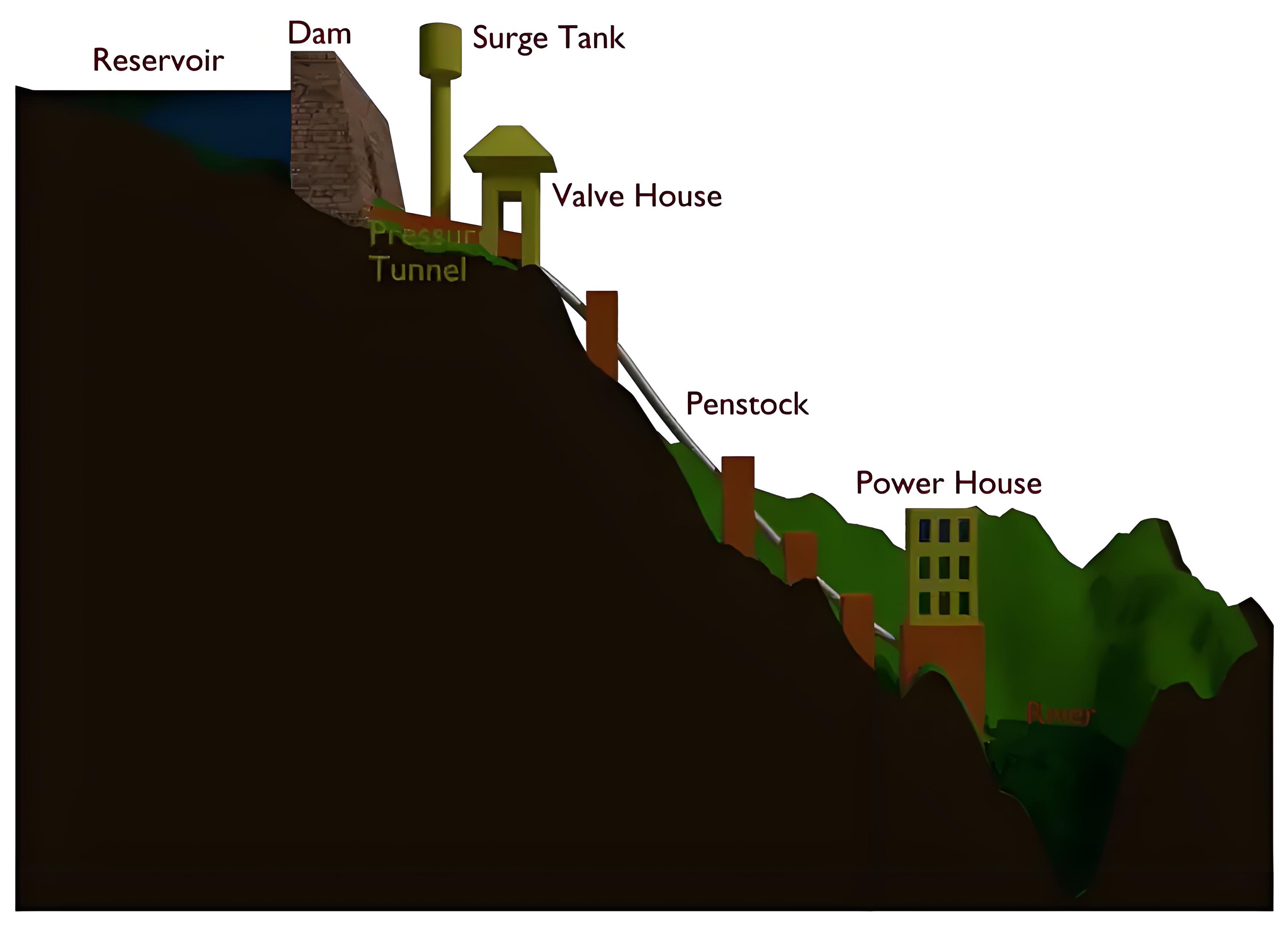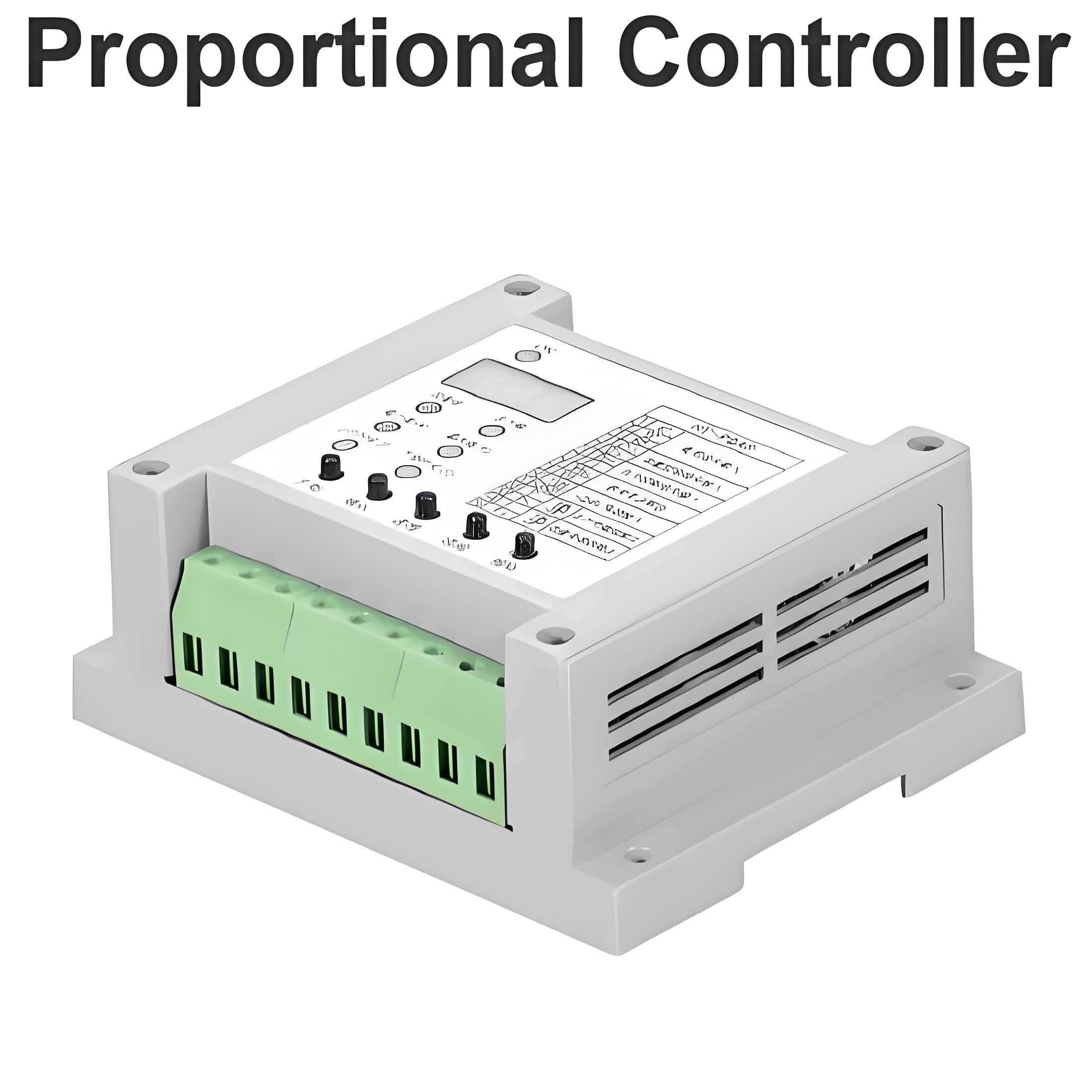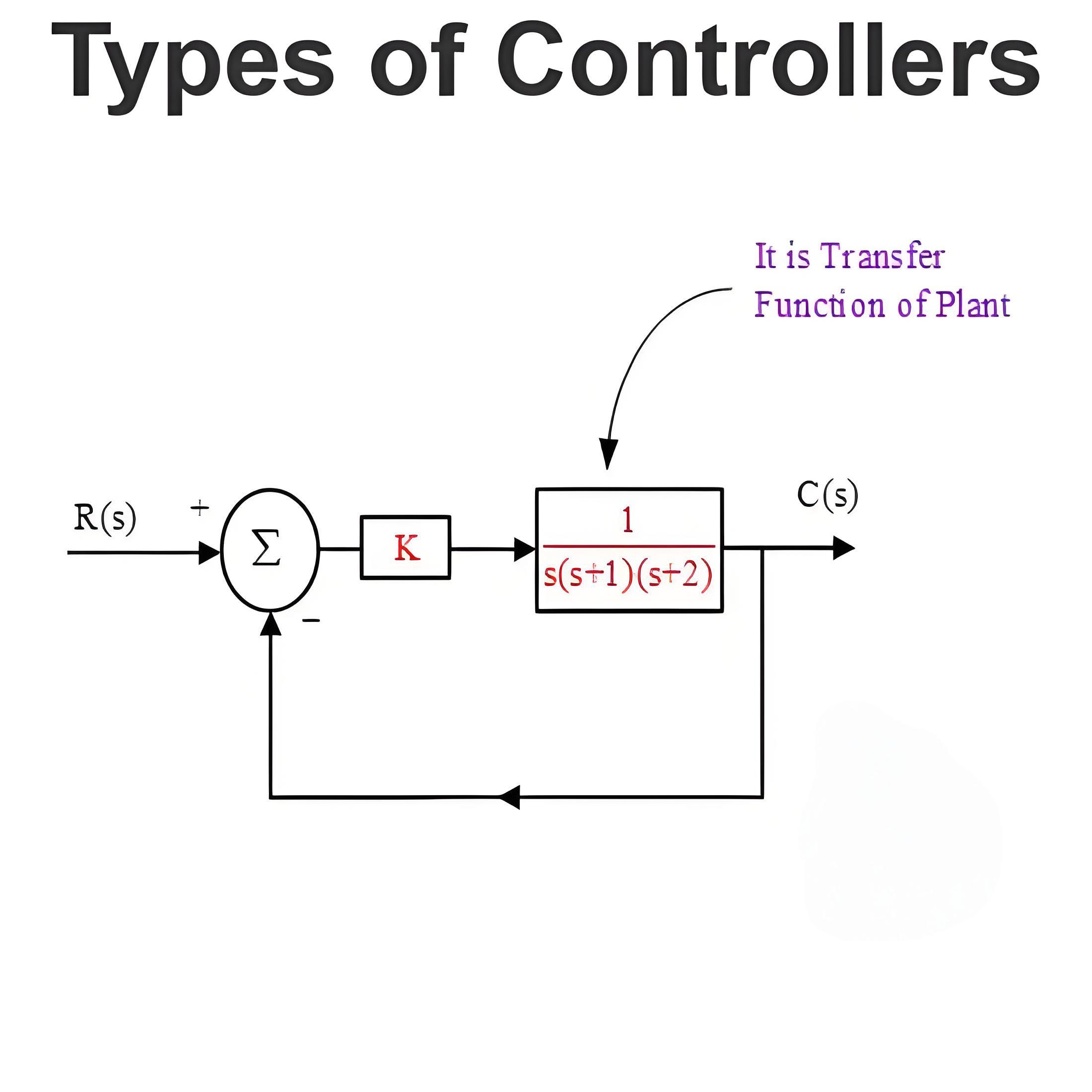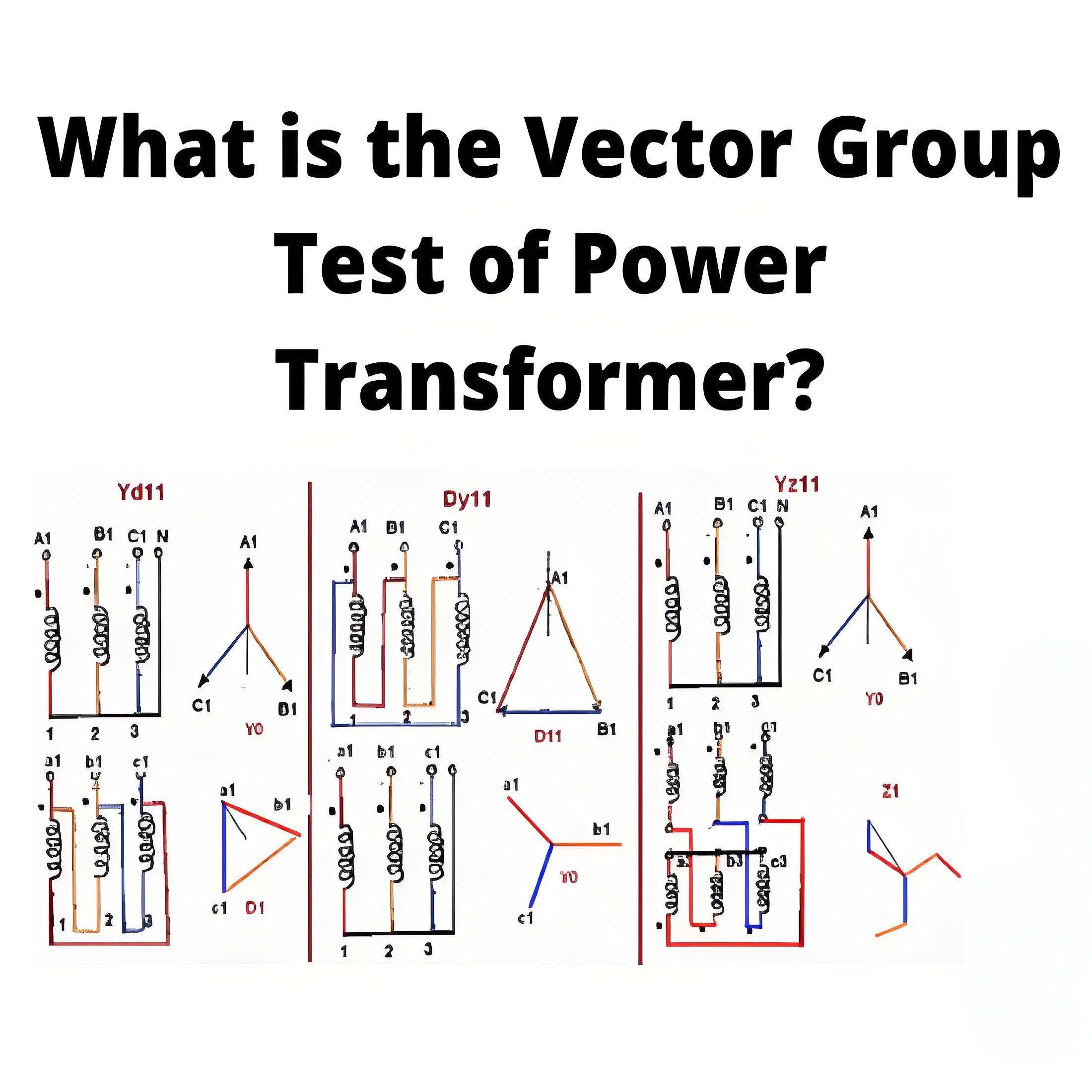What is a Hydro Power Plant?
What is a Hydro Power Plant?
Hydroelectric Power Plant Definition
A hydroelectric power plant is defined as a facility that generates electricity by using the kinetic energy of falling water to rotate a turbine.
In hydroelectric power station the kinetic energy developed due to gravity in a falling water from higher to lower head is utilised to rotate a turbine to produce electricity. The potential energy stored in the water at upper water level will release as kinetic energy when it falls to the lower water level. This turbine rotates when the following water strikes the turbine blades. To achieve a head difference of water hydroelectric electric power station are generally constructed in hilly areas. In the way of the river in hilly areas, an artificial dam is constructed to create required water head. From this dam water is allowed to fall toward downstream in a controlled way to turbine blades. As a result, the turbine rotates due to the water force applied to its blades and hence the alternator rotates since the turbine shaft is coupled with alternator shaft.
The main advantage of a hydro electric power plant is that it doesn’t need any fuel. It only needs a water head, which is naturally available once the dam is built.
No fuel means no fuel cost, no combustion, no flue gases, and no pollution. This makes hydroelectric power plants clean and environmentally friendly. They are also simpler to build compared to thermal and nuclear power plants.
Building a hydroelectric power plant can be more expensive than a thermal power plant due to the cost of constructing a large dam. The engineering costs are also high. Additionally, hydroelectric plants can’t be built just anywhere; they need specific locations, often far from load centers.
So, long transmission lines are required to transmit the generated power to the load centres.Thus the transmission cost may be high enough.
In spite of that, the stored water in the dam can also be utilised for irrigation and any other similar purposes. Sometimes by creating such dam in the way of the river, occasional floods in the downstream of the river can be controlled significantly.
There are only six primary components required to construct a hydroelectric power plant. These are dam, pressure tunnel, surge tank, valve house, penstock, and powerhouse.

The dam is an artificial concrete barrier constructed across the way of the river. The catchment area behind the dam creates a huge water reservoirThe pressure tunnel takes water from the dam to the valve house.
In the valve house, there are two types of valves available. The first one is main sluicing valve and the second one is an automatic isolating valve. The sluicing valves control the water flowing to the downstream and automatic isolating valves stop the water flow when the electrical load is suddenly thrown off from the plant. Automatic isolating valve is a protecting valve does not play any direct role control the flow of water to the turbine. It only operates during emergency to protect the system from burst out.
The penstock is a steel pipeline that connects the valve house to the powerhouse. Water flows through the penstock from the valve house to the powerhouse.In the powerhouse there are water turbines and alternators with associated step up transformers and switchgear systems to generate and then facilitate transmission of electricity.
At last, we will come to the surge tank. The surge tank is also a protective accessory associated with hydroelectric power plant. It is situated just before the valve house. The height of the tank must be greater than the head of the water stored in the water reservoir behind the dam. This is an open top water tank.
The purpose of this tank is to protect the penstock from bursting out when suddenly turbine refuses to take water. At the entry point of turbines, there are turbine gates control by governors. The governor opens or closes the turbine gates according to the fluctuation of the electrical load. If the electrical load is suddenly thrown off from the plant, the governor closes the turbine gates and water is blocked in the penstock. Sudden stopping of water can cause a serious burst of penstock pipeline. The surge tank absorbs this back pressure by swing the level water in this tank.
Construction of Hydroelectric Power Plant
Building a hydroelectric power plant involves creating a dam, pressure tunnel, valve house, penstock, powerhouse, and surge tank.
Advantages of Hydroelectric Power
These plants are cost-effective and environmentally friendly since they don’t need fuel and don’t produce pollution.
Disadvantages of Hydroelectric Power
The high construction costs and the need for long transmission lines to deliver electricity to where it’s needed can be drawbacks.
Additional Benefits of Dams
Dams used in hydroelectric power plants can also provide benefits like irrigation support and flood control.
Welcome to our electricity community! Established to facilitate the exchange and cooperation in the electricity industry and bridge professionals, enthusiasts, and related enterprises.





